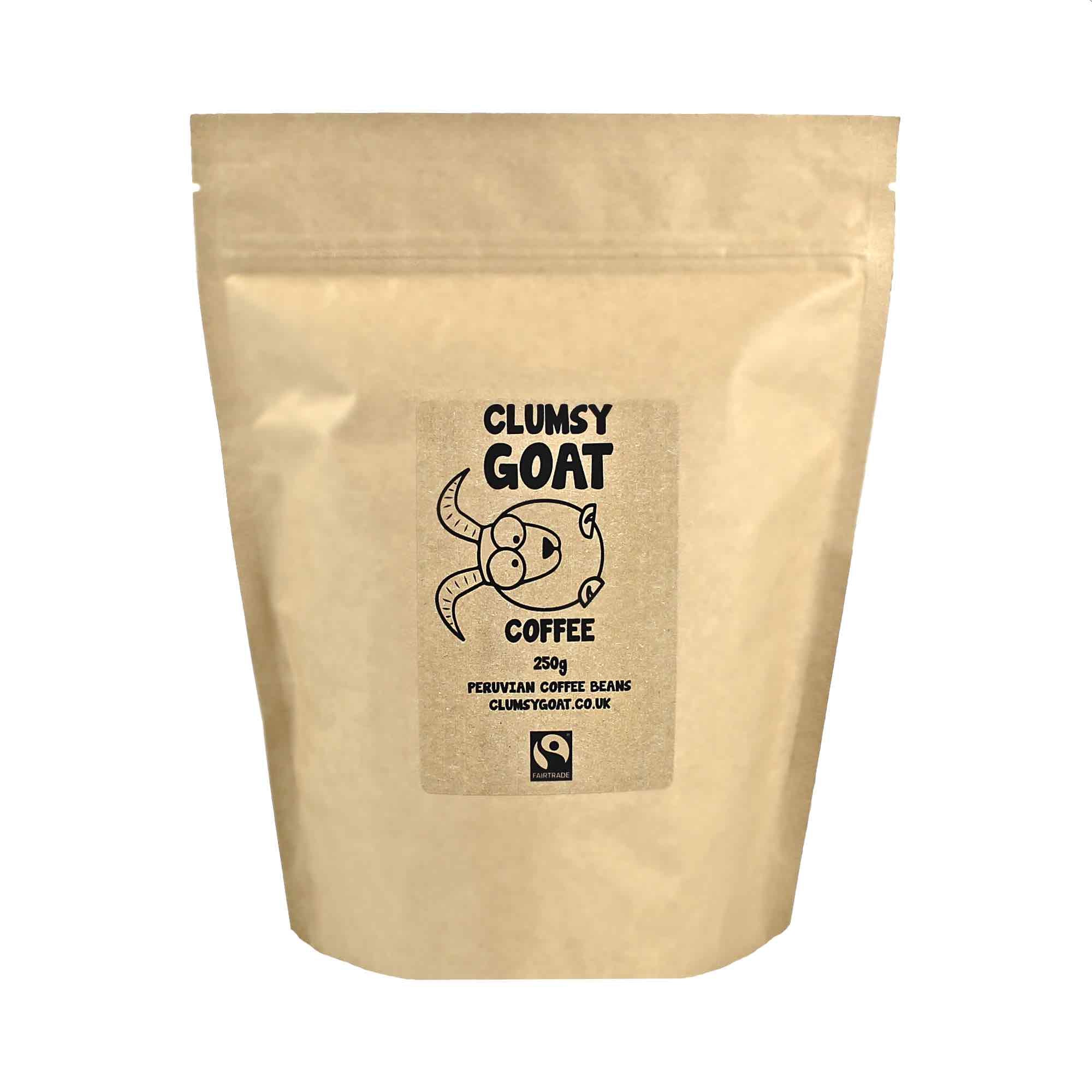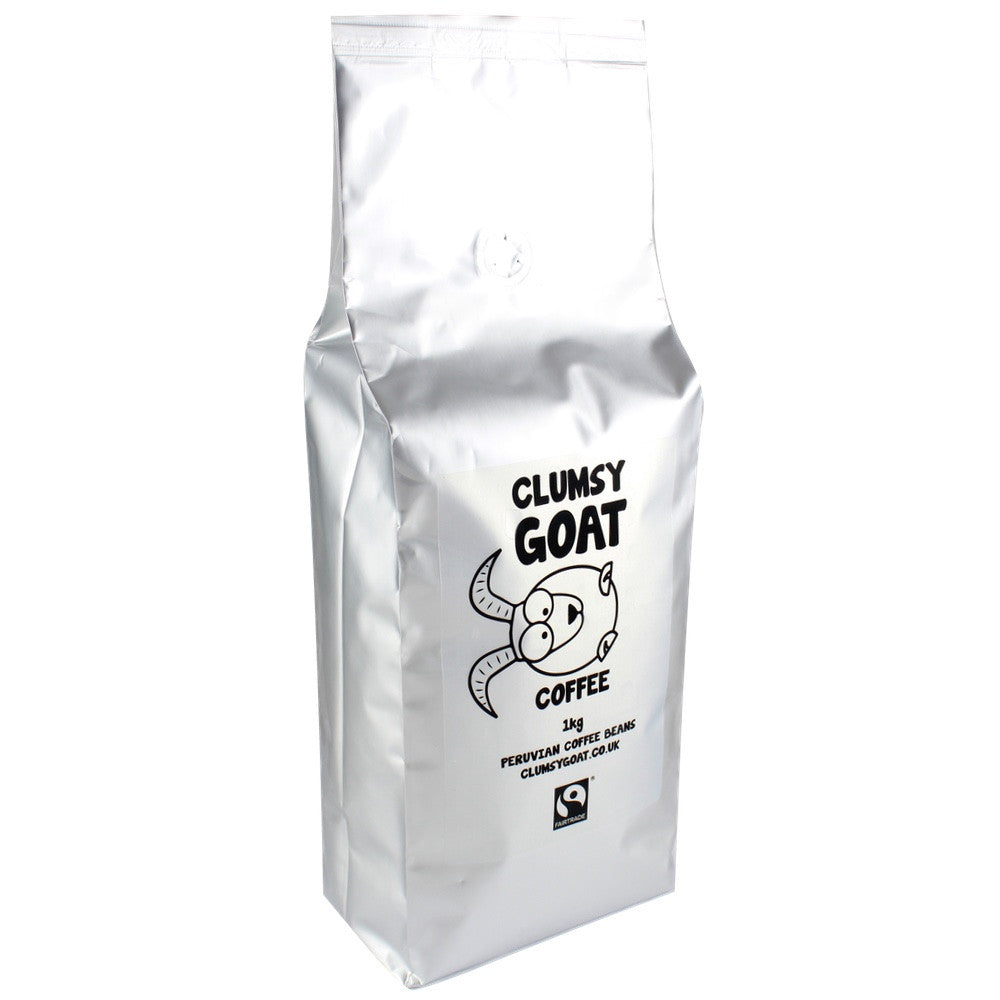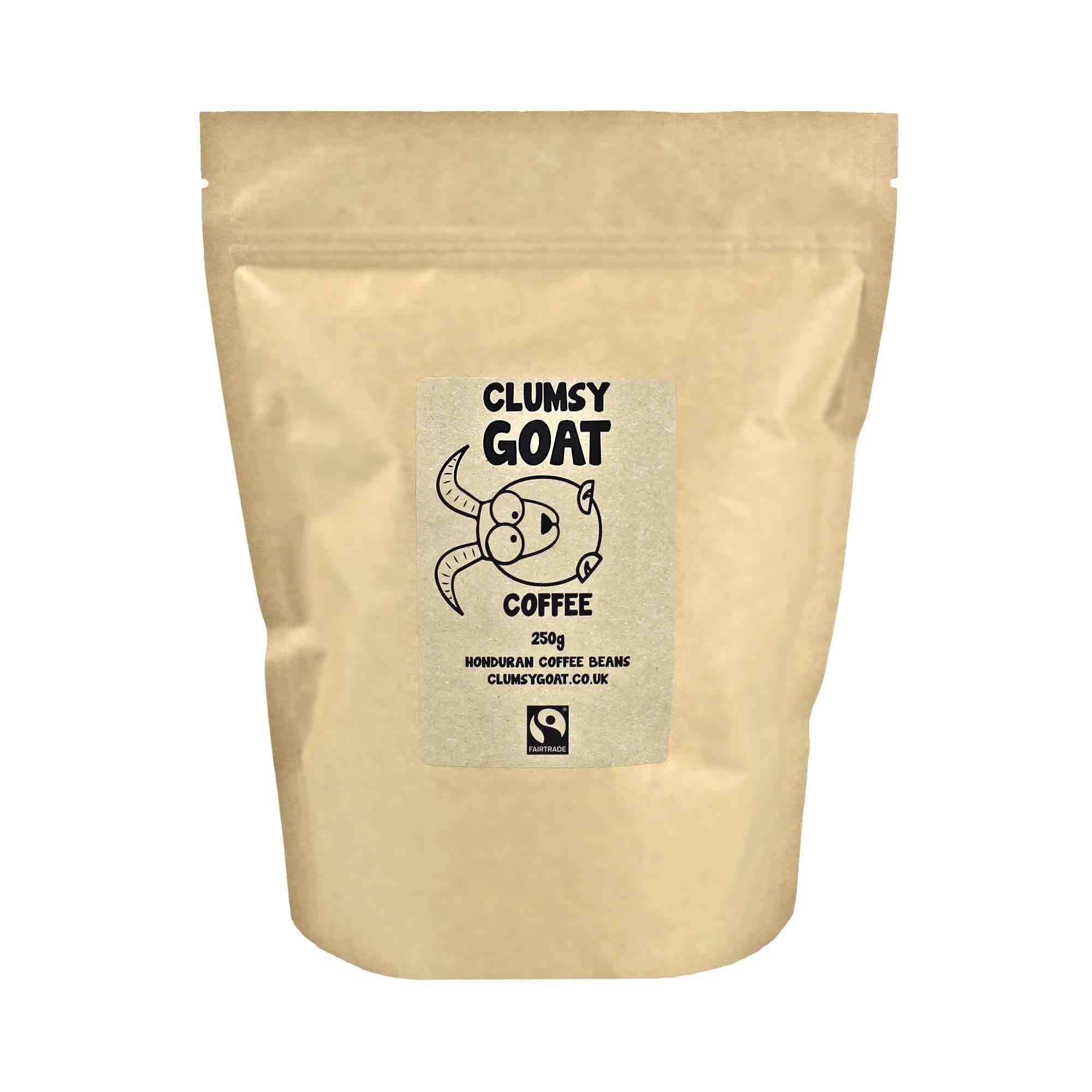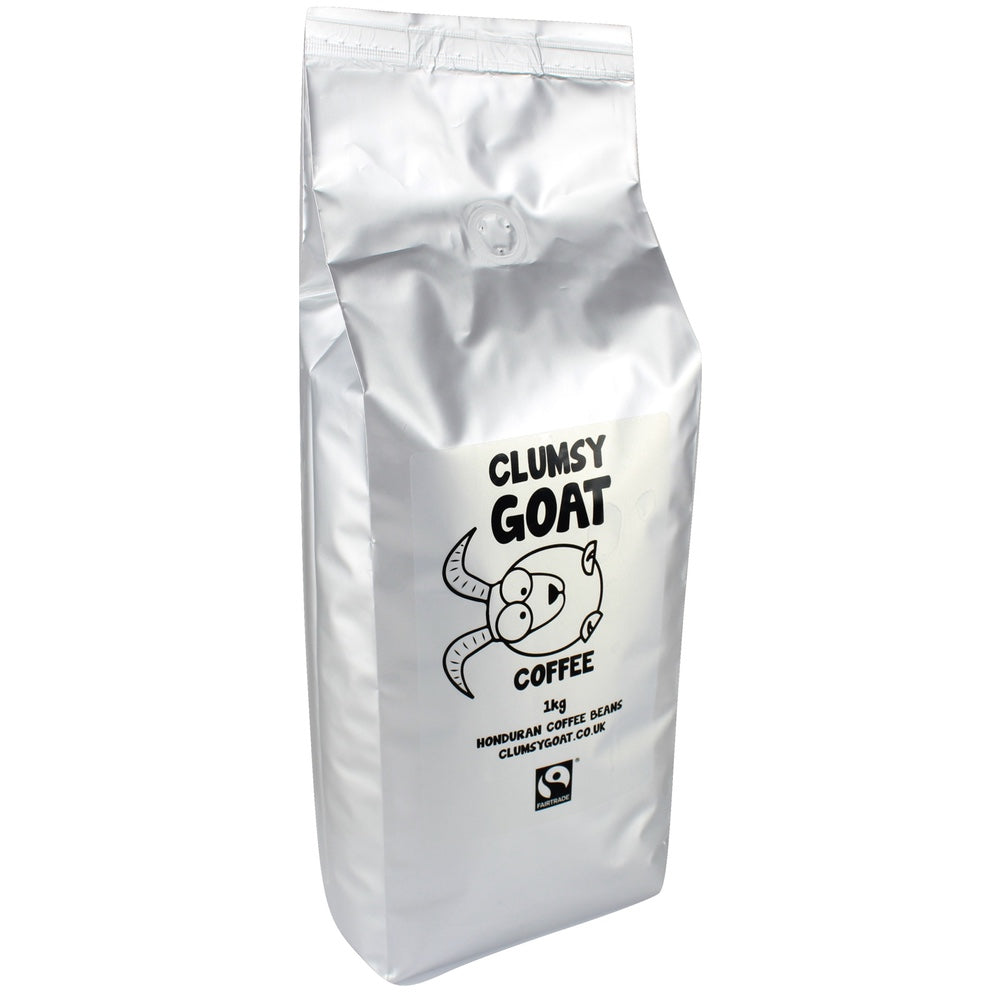Maybe you’re a coffee connoisseur hoping to refine your palate. Or you’ve always enjoyed a nice cup of coffee but have only just decided it’s time to experiment with some new flavours from the comfort of your own home? Or perhaps you’re completely new to the world of coffee and not even aware that coffee beans are actually green before they’re roasted! Well this guide is for all of you, and its aim is to unite you with the cup of coffee that best suits your taste buds.
Instant, ground or beans?
The first thing to bear in mind is what equipment you have. If all you have is a kettle and a cup, your only option is instant. It’s limited, but if you choose carefully you can find instant coffees that are particularly tasty.
Owning a cafetiere opens you up to the option of using ground coffee beans or even whole beans if you also have a grinder. The process of brewing the beans is much easier if you’re lucky enough to own a coffee machine. But if you don’t – fear not.
Having your own coffee machine is a bit of a luxury, and most coffee lovers are more than happy using a good quality cafetiere. So now we’ve got the logistics out of the way, it’s time to consider the importance of the type of bean, its origin and the way it’s roasted.
When it comes to the perfect cup of coffee for you, all three of these need careful consideration. It really helps if you have a good understanding of what tastes you like and don’t like.
Arabica or Robusta?
There are two types of bean. Generally speaking, Arabica beans are grown at very high altitudes, and as result they make for a finer brew whose flavours are richer and more aromatic. Robusta beans tend to be slightly more bitter, lending themselves to the earthy flavour that many of us love. As well as this, Robusta beans are great for producing lots of crema!
Where’s the bean from?
The origin of a bean determines its flavour just as much as the way it’s roasted. For example, a bean grown in South America will always have a distinctly different flavour to the same type of bean grown in Africa.
The world’s coffee growing regions can be split into three main areas:
Latin America: • Light body • High acidity • Best suited to mild / medium roasts
Africa and Arabia: • Medium body • Medium acidity • Best suited to dark roasts
Indonesia and Pacific Islands: • Heavy body • Low acidity • Best suited to dark / very dark roasts
Something to consider when buying coffee beans is whether they’re Fairtrade or not. Although this doesn’t directly affect the flavour, it should taste a whole lot better when you know your beans have been sourced ethically and sustainably.
Learn more about the benefits of drinking Fairtrade coffee here.
Mild, medium, dark… what does it all mean?!
Depending on how much of a coffee nerd you are, you could split the roasting process up into considerably more categories than this. But this is a simple, easy-to-understand way of identifying the different types of roasting.
Before roasting, the beans are soft, smell like grass and taste nothing like coffee. Roasting is the process that cooks the beans and transforms them into those rich, aromatic, flavoursome morsels of desire.
Light Roasts: Creates beans that are light brown in colour and that have no oil on their surface. This method preserves much of the beans’ flavour as well as adding a grainy taste. Believe it or not, lighter roasts preserve more of the caffeine that darker roasts do! This is because the beans are roasted for the least amount of time by comparison.
Medium Roasts: Result in beans that are medium brown in colour with more body. Again, the surface of the beans is not oily. Medium roasts create beans that are balanced in flavour, rich in aroma and acidity.
Dark Roasts: Leave you with dark brown / black beans. The surface of the beans is oily and has a sheen to it. The flavours of the roasting process have a real impact on the coffee’s taste when the beans are roasted for a longer period of time. The beans will taste bitter, smoky and sometimes even burnt.
Coffee lovers are always striving to perfect their home-brewed coffee. The best way to get closer to that elusive flavour is to try beans from all over the world until you find a balance of flavours that best suits you.
For now, feel free to sit back and browse through our range of roasts that have been carefully tailored for real coffee lovers. Simply click here here to view!










